For young children to love books, they need to experience them. Long before they begin learning to read, young students need to be around books. They need to touch them, see them, hear them read aloud. The research on early literacy is clear: even if children aren’t yet learning to read, interacting with books prepares them to read. Books and literacy should be non-negotiable, essential elements to every preschool classroom.
So how can you integrate more books into your pre-Kindergarten classroom? Here are 10 of my favorite tips:
1. Build an amazing Pre-K classroom library.
Have a classroom library where students can choose books that interest them—choice and access are HUGE, even for preschoolers. Model how to handle books, and how to interact with them. Show students how they can “read” alone, to each other, or to a teacher.
2. Tie books into your curriculum.
You can read books whole group, and you can even tie them into your curriculum! Cloudy with a Chance of Meatballs is a fun addition to any weather unit, and The Very Hungry Caterpillar is a classic way to kick off your butterfly experiment.
3. Read in small groups.
Small groups are even better! Students can see the pictures better, ask questions, and discuss. Use aides and parent volunteers in this capacity whenever you can.
4. Go beyond early readers.
Don’t feel constrained to early readers—you’ll be short-changing both yourself and your students. Engage them in a wide variety of texts.
5. Try narrative fiction stories.
Entertain them with narrative fiction stories from modern times to long, long ago and faraway. Encourage them to act out what they’ve heard or draw a picture of their favorite part.
6. Expose them to fairy tales and folklore, realistic fiction and fantasy.
Ask them questions and help them LOVE what they read.
7. Use predictable, pattern texts.
And texts with no discernible pattern at all.
8. Sing along with song books.
Let them experience the beauty of lyrical poetry. Let them create their own!
9. Interact with concept books.
Concept books can teach opposites, colors, sizes, and more. Allow students to do hands-on activities with what they’ve learned.

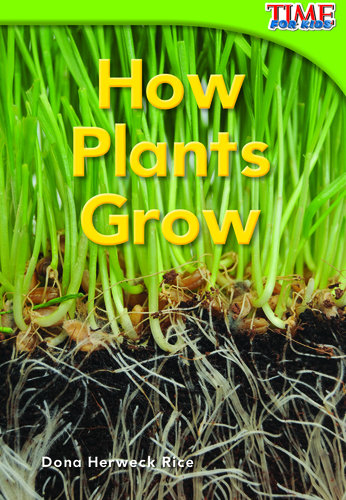 10. And please, don’t forget informational text.
10. And please, don’t forget informational text.
Take full advantage of the curiosity of your eager, young students. Every preschooler I have EVER met loves nonfiction books. They WANT to learn. Let them learn about bugs and astronauts, about farm animals and machines, about careers and communities and so much more! Fuel their passion for exploring and growing their brains.
Your Pre-K classroom library can be the cornerstone of your preschool classroom. Provide a wide variety of texts, make them accessible for your students and make a point to interact daily with books. I promise you that it will not take long—that you WILL see a change in your students. Every book lover knows the power of a good book. As William Wordsworth says, “What we have loved, Others will love. And we will teach them how.”
Teach them to love books.


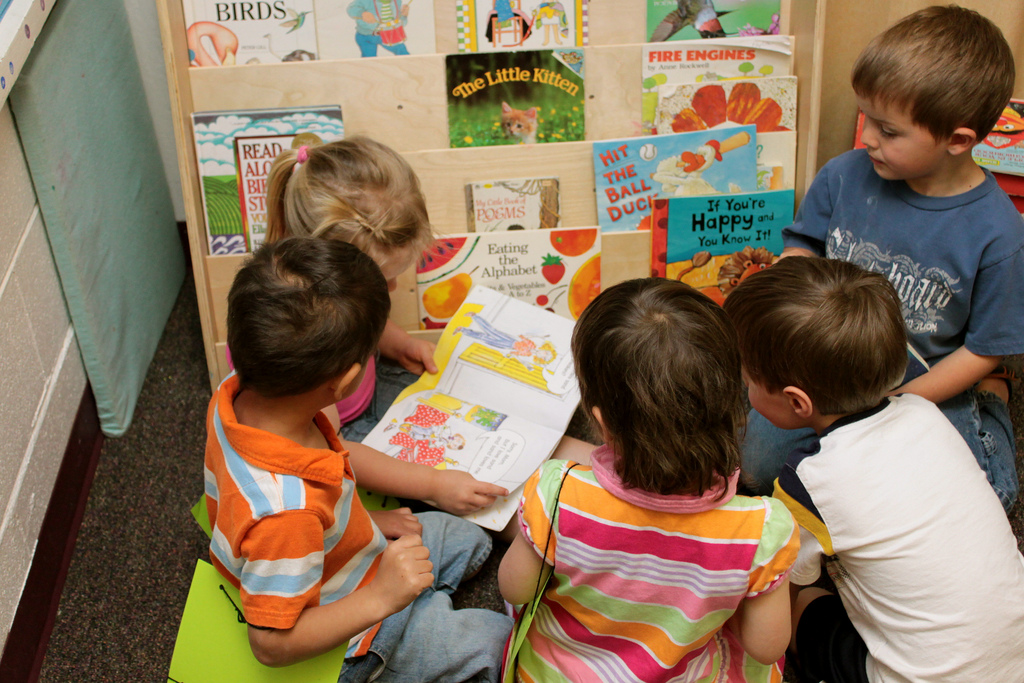

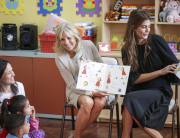
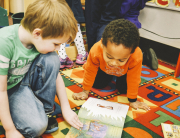
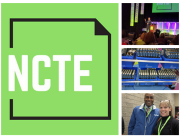
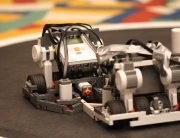
Leave A Comment